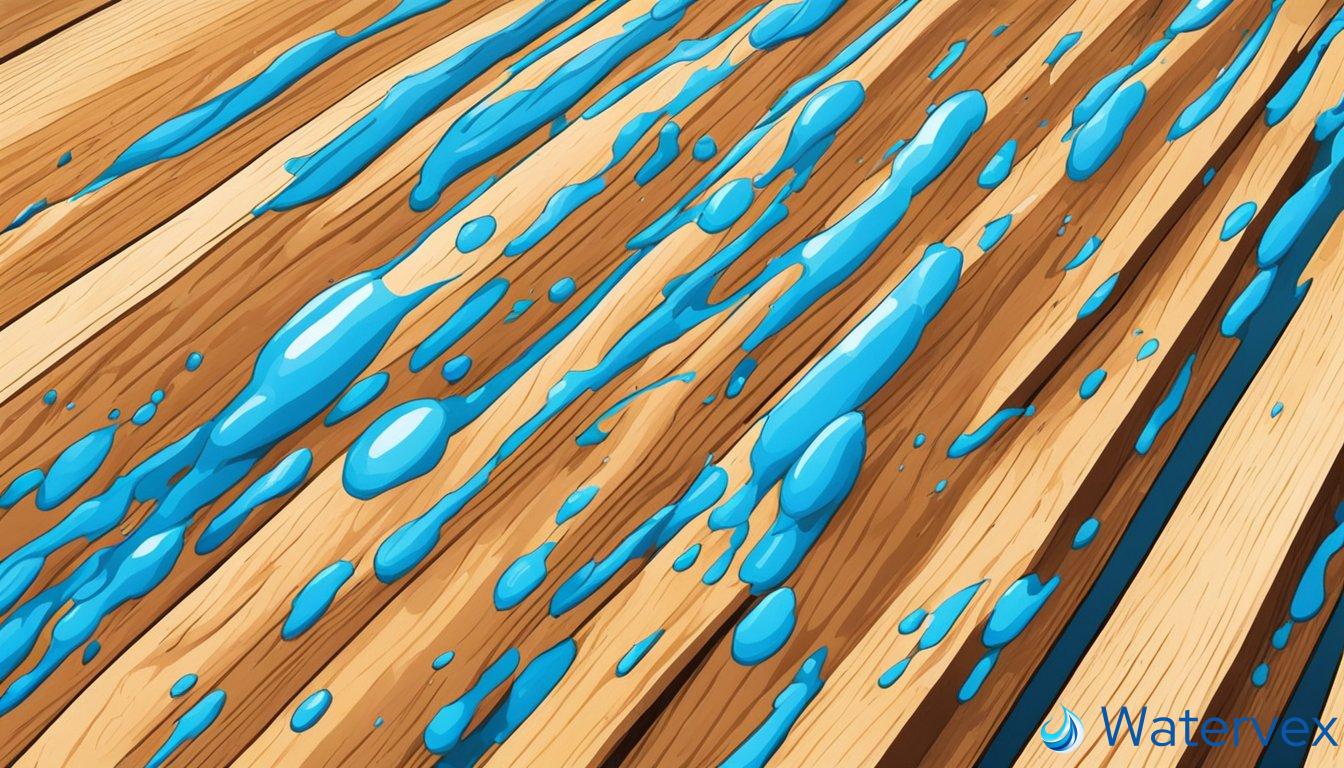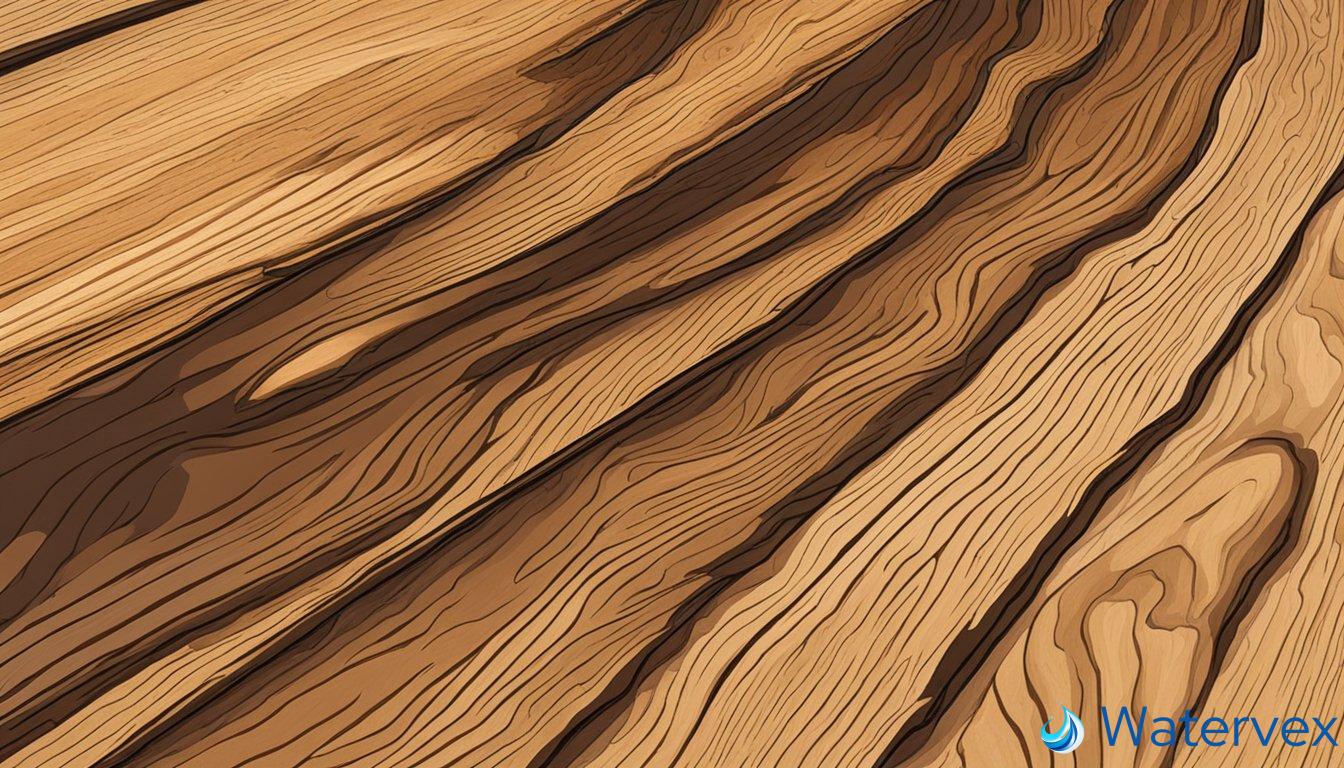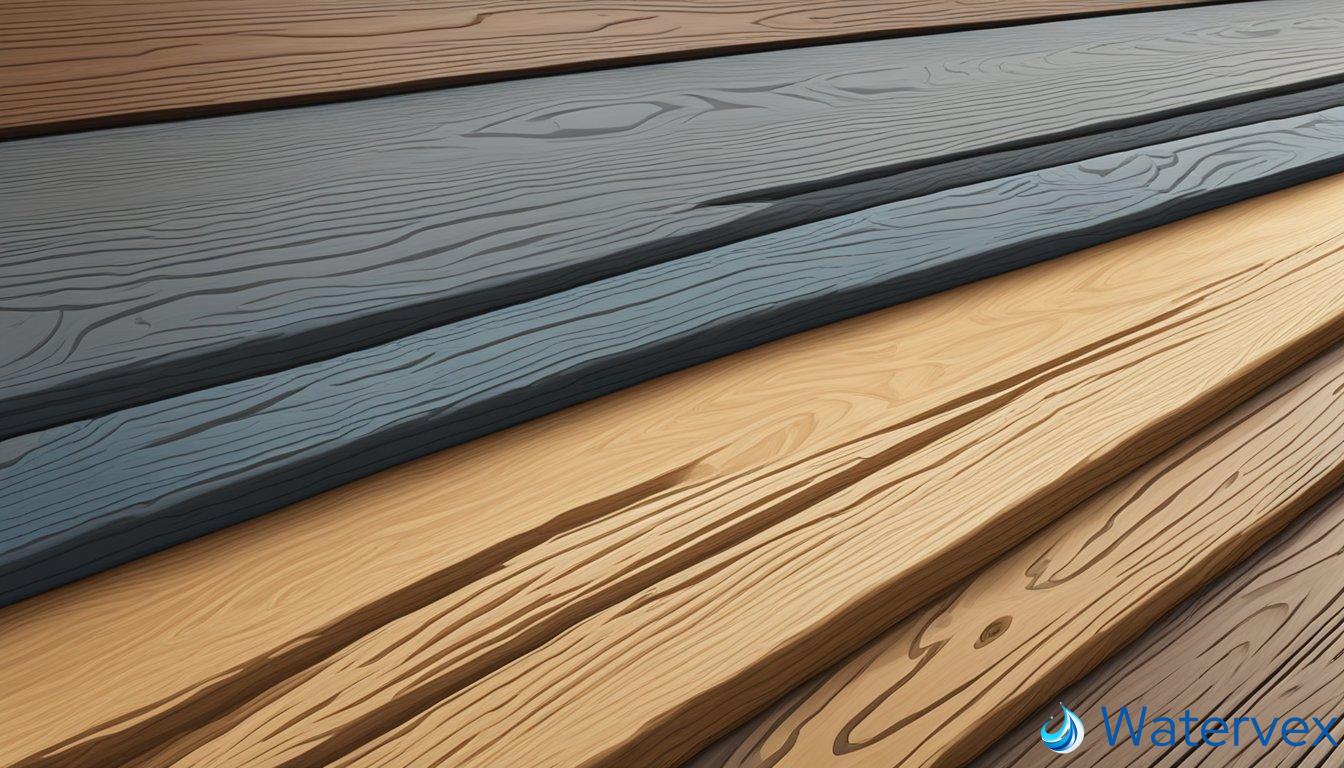When it comes to enhancing the beauty of wooden surfaces in your home, the conversation often turns to water popping and wood conditioners. These methods are commonly used to prepare wood for staining, but they serve different purposes and yield different results. Water popping is a technique where water is applied to the wood to raise the grain, allowing for deeper and more even stain penetration. It is ideal when aiming for a darker color finish on your hardwood floors, revealing a richer and more even tone.

Conversely, a wood conditioner is meant to prime the wood surface before staining, especially softwoods that tend to absorb stains unevenly. This pretreatment helps in achieving a more uniform appearance by reducing blotchiness and allowing for more consistent stain application. Understanding how each process affects the wood is crucial for deciding which is suitable for a particular project.
Key Takeaways
- Water popping raises the wood grain for better stain penetration.
- Wood conditioner promotes uniform stain application on softwoods.
- Choose the technique based on the desired staining outcome and wood type.
What Is Water Popping and How Does It Affect Wood?
Water popping is a crucial step for those looking to achieve a deep, even color on hardwood floors during the staining process.
Understanding the Water Popping Process
Water popping, also known as grain popping or raising the grain, involves dampening wood flooring after sanding but before applying stain. When you apply water to the sanded wood surface, it causes the wood fibers to stand up. Why does this happen? Wood is porous, which means it has tiny pockets or pores. Sanding opens up these pores, and then water popping takes it a step further by cleaning the pores and making them even more receptive to stain.
Imagine wood pores like tiny sponges on the maple hardwood floor. When you moisten the sponges, they swell up—similarly, water makes the wood fibers expand. Now, those fibers are prepared to welcome more stain than they would if they were dry and flat.
Benefits of Water Popping on Hardwood Floors
Why should you consider water popping? One major advantage is that it promotes an even staining color. Uneven stain application can leave your floors looking blotchy or streaky, a common issue particularly with hardwood floors like maple, which has a tight grain pattern. Water popping allows for a more uniform stain application by opening up the wood pores uniformly.
Additionally, water popping can lead to a darker, more enriched color—aesthetic qualities many families seek in their homes for a warm and inviting atmosphere. By heightening the wood’s porous nature, stain penetrates deeper, resulting in a vibrancy that simply sanding and staining cannot achieve. This technique also serves to strengthen the resulting finish, enhancing the floor’s durability in a household that values longevity.
As a practical piece of advice, it’s essential to let the wood dry thoroughly after water popping before moving on to the staining process. If you’re considering elevating the appearance and durability of your wood flooring, water popping may be a valuable step in your process.
What Are Wood Conditioners and When Should They Be Used?

Before diving into the use of wood conditioners, it’s imperative to recognize that their application can greatly enhance the finished appearance of your wood projects.
The Role of Wood Conditioners in Staining
Wood conditioners, also known as pre-stain conditioners, are applied to wood before staining to ensure an even coating of stain. Without the use of wood conditioners, some woods like pine or birch can absorb stain unevenly, leading to splotchy or blotchy areas. This step is particularly critical for softwoods prone to such imperfections, as they often present a less predictable wood grain pattern than hardwoods.
For instance, when you’re aiming for a professional look on your furniture, applying wood conditioner can minimize the appearance of grain imperfections. It works by partially sealing the wood’s pores, which are responsible for the uneven absorption of the stain. In effect, wood conditioner acts as a base coat, paving the way for a more uniform stain application.
Selecting the Right Wood Conditioner for Your Project
While selecting a wood conditioner, you should consider the type of wood and the stain you’ll be using. Oil-based wood conditioners are well-suited for woods that will be stained with oil-based stains, whereas water-based conditioners are designed for use with water-based stains.
- Types of Wood: Softer woods like pine typically require a wood conditioner to prevent a patchy finish.
- Oil-Based Conditioner: Ideal for use with oil-based stains, tends to dry slower.
- Water-Based Conditioner: Best for water-based stains, dries faster, and is easier to clean up.
Alternatives: While wood conditioner is the norm, some seasoned woodworkers might opt for a sanding sealer or a diluted shellac solution to condition the wood. These can serve similar purposes but differ in their application and drying times.
When working on your next project, start by assessing the type of wood at hand. If it’s among those with a tendency to absorb stain unevenly, like pine, grab a conditioner. Select either oil-based or water-based options to match your stain type. Ignoring this step could result in a finish that highlights every flaw rather than showcasing the beautiful wood grain. Remember, a simple application of wood conditioner can make the difference between a splotchy disappointment and a gorgeous piece that garners compliments.
Comparing Water Popping and Wood Conditioner: Which Is Best for Your Home?

Choosing between water popping and wood conditioner for your hardwood floors hinges on the desired finish quality and the specific characteristics of your wood.
Assessing the Advantages and Disadvantages
Water Popping Techniques
- Advantages: Water popping, involving the application of purified water to the surface of the wood, opens up the grain of the wood, allowing for an even absorption of stain. This results in a darker, more consistent stain and can reveal a stronger finish.
- Disadvantages: It requires careful control of the water application, often using a T-bar or sprayer, and a longer drying time. If the wood grain is overly saturated or unevenly wet, it might cause rot or uneven stain application.
Wood Conditioner Techniques
- Advantages: A wood conditioner, typically used before oil-based stains, can prevent blotchy stain marks, particularly in softer woods. It’s generally easier to apply with less risk compared to water popping.
- Disadvantages: It may not be as effective in providing the same depth of color as water popping. A conditioner might also limit how much the grain of the wood is enhanced after staining.
Tips for Achieving the Best Results
For Water Popping
- Sand the hardwood floor evenly with fine grit sandpaper.
- Clean the surface thoroughly to remove all sawdust.
- Apply purified water—consider a T-bar or sprayer for uniform coverage.
- Allow ample drying time before applying stain.
For Wood Conditioner
- Prep the wood with proper sandpaper, ideally starting with a coarser grit and moving to a finer one.
- Apply an even coat of conditioner following the manufacturer’s guidelines, ensuring not to over-condition.
- After the appropriate setting time, proceed with staining, which might require a different approach for softwoods versus hardwoods.
Each technique serves a specific scenario based on the type of wood and finish desired. Contractors might opt for ones over the other or sometimes use both depending on the staining process they plan to achieve. Remember, the goal is a beautiful, long-lasting hardwood floor finish that feels right at home.

